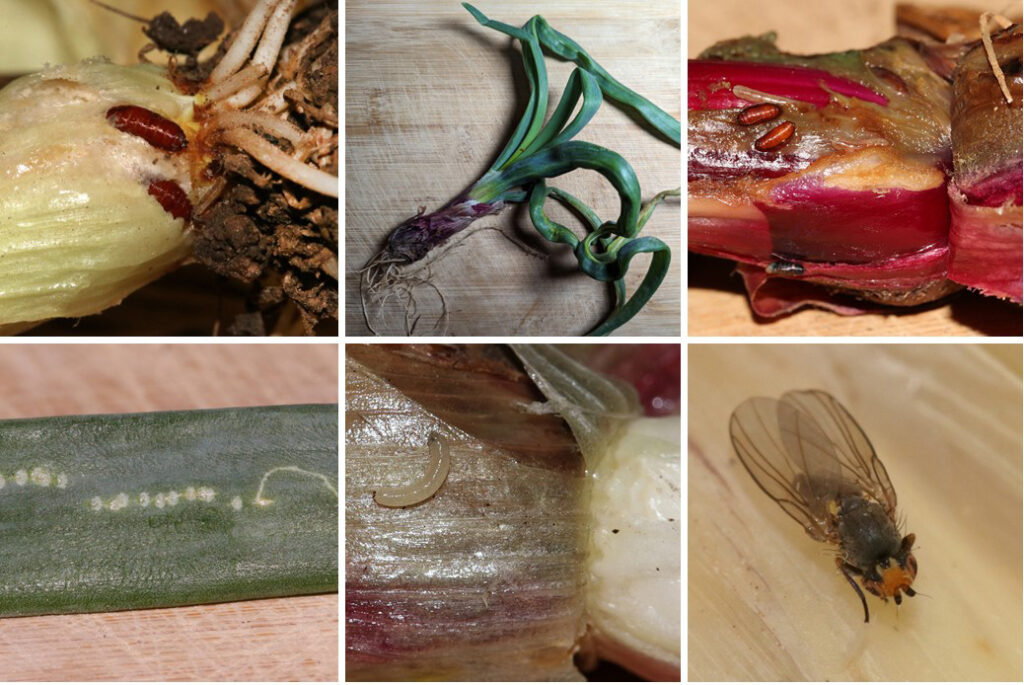Growers: Start Scouting in February for the Allium Leafminer
go.ncsu.edu/readext?1004964
en Español / em Português
El inglés es el idioma de control de esta página. En la medida en que haya algún conflicto entre la traducción al inglés y la traducción, el inglés prevalece.
Al hacer clic en el enlace de traducción se activa un servicio de traducción gratuito para convertir la página al español. Al igual que con cualquier traducción por Internet, la conversión no es sensible al contexto y puede que no traduzca el texto en su significado original. NC State Extension no garantiza la exactitud del texto traducido. Por favor, tenga en cuenta que algunas aplicaciones y/o servicios pueden no funcionar como se espera cuando se traducen.
Português
Inglês é o idioma de controle desta página. Na medida que haja algum conflito entre o texto original em Inglês e a tradução, o Inglês prevalece.
Ao clicar no link de tradução, um serviço gratuito de tradução será ativado para converter a página para o Português. Como em qualquer tradução pela internet, a conversão não é sensivel ao contexto e pode não ocorrer a tradução para o significado orginal. O serviço de Extensão da Carolina do Norte (NC State Extension) não garante a exatidão do texto traduzido. Por favor, observe que algumas funções ou serviços podem não funcionar como esperado após a tradução.
English
English is the controlling language of this page. To the extent there is any conflict between the English text and the translation, English controls.
Clicking on the translation link activates a free translation service to convert the page to Spanish. As with any Internet translation, the conversion is not context-sensitive and may not translate the text to its original meaning. NC State Extension does not guarantee the accuracy of the translated text. Please note that some applications and/or services may not function as expected when translated.
Collapse ▲
Allium leafminer. Photos by Debbie Roos.
Last spring some growers in the North Carolina piedmont noticed unusual problems with their allium crops, primarily bulb onions, leeks, and garlic. Obvious above-ground symptoms included twisted/distorted leaves, stunted plants, and even plant death. Below ground, brown pupae were found infesting the plants and upon close inspection larvae were seen feeding inside the leaves and bulbs.
It turns out the culprit was the allium leafminer (ALM) which is a new pest in North Carolina. The allium leafminer fly (Phytomyza gymnostoma) is an invasive insect pest from Europe that was first detected in the northeastern U.S. in 2015 and has now spread to a few other states. It was first detected in North Carolina in 2023.
I had a crash course in the allium leafminer last spring – collecting samples at area farms, dissecting them to look for tiny larvae and pupae, and taking photos. I also read all I could about this pest and talked with specialists at Cornell University about their experience with ALM over the past eight years.
I created a web page with photos and lots of information that I will keep updated as we learn more about the allium leafminer here in North Carolina. This tiny little fly unfortunately has caused serious problems especially for organic growers in the northeast so we need to take it seriously!
Early spring is the time to be on the lookout for the allium leafminer, as flies could start emerging here as early as February, we are not sure (they start laying eggs in March in New York). My web page discusses control strategies for the allium leafminer.


